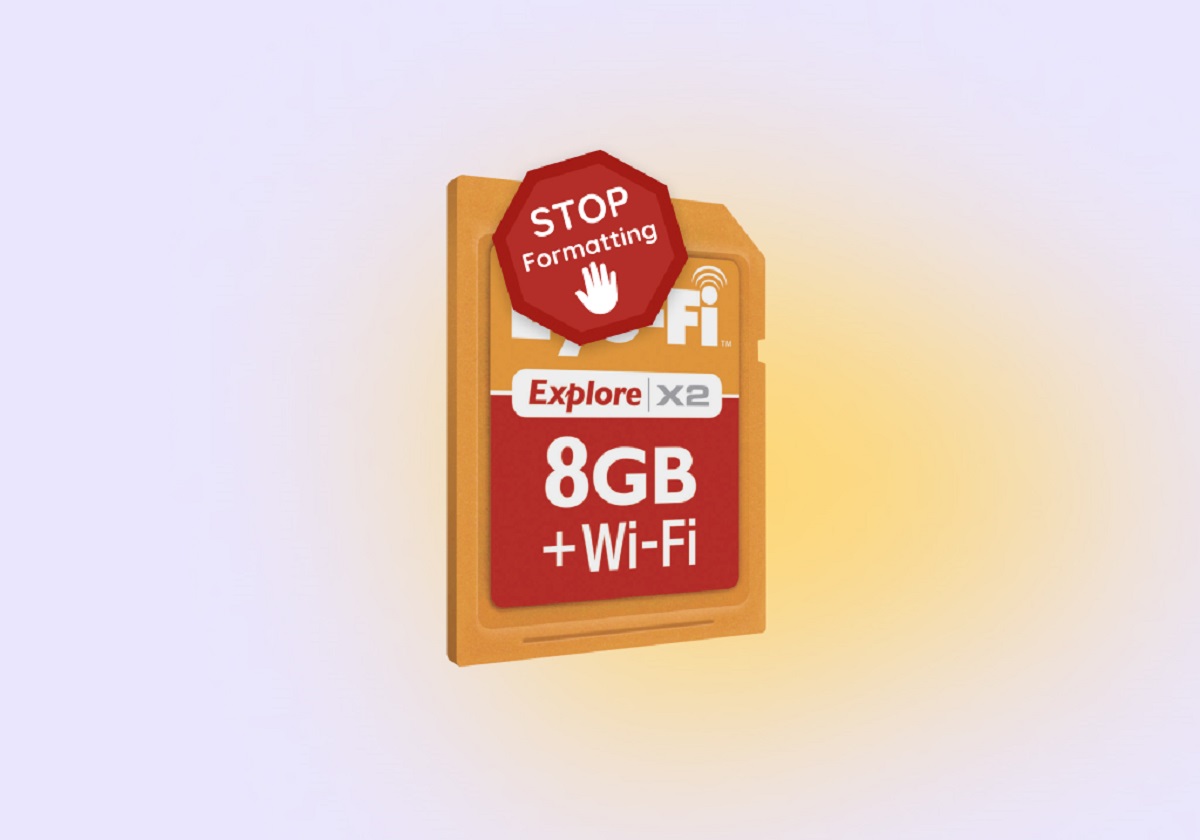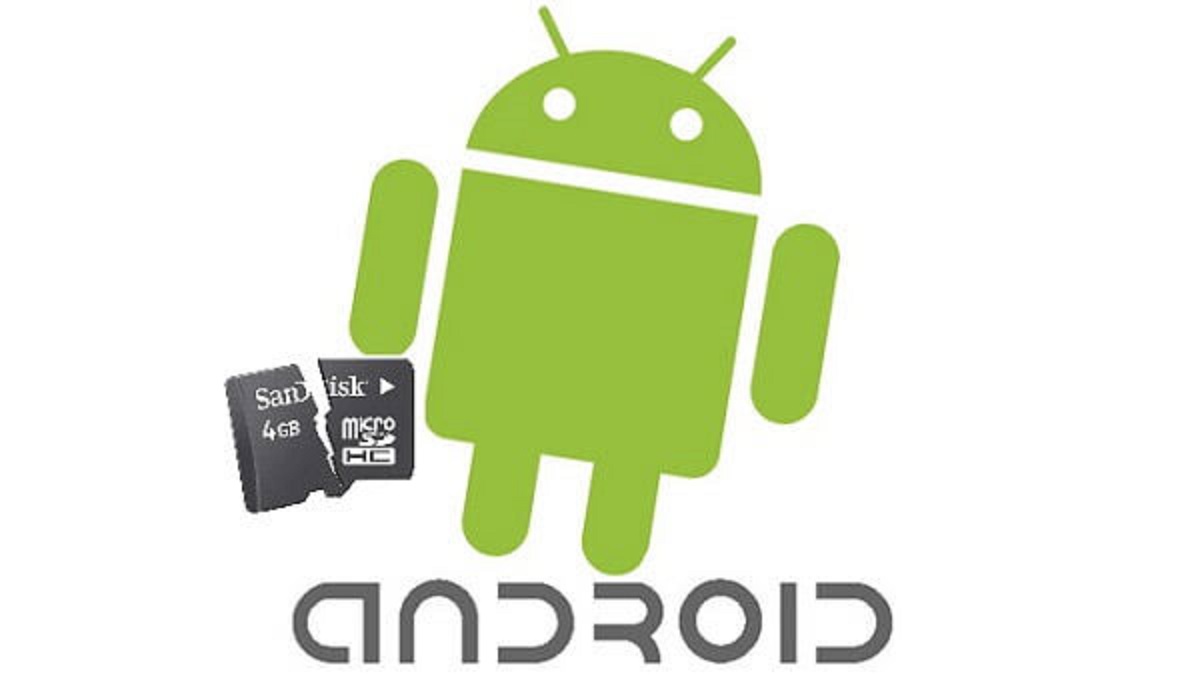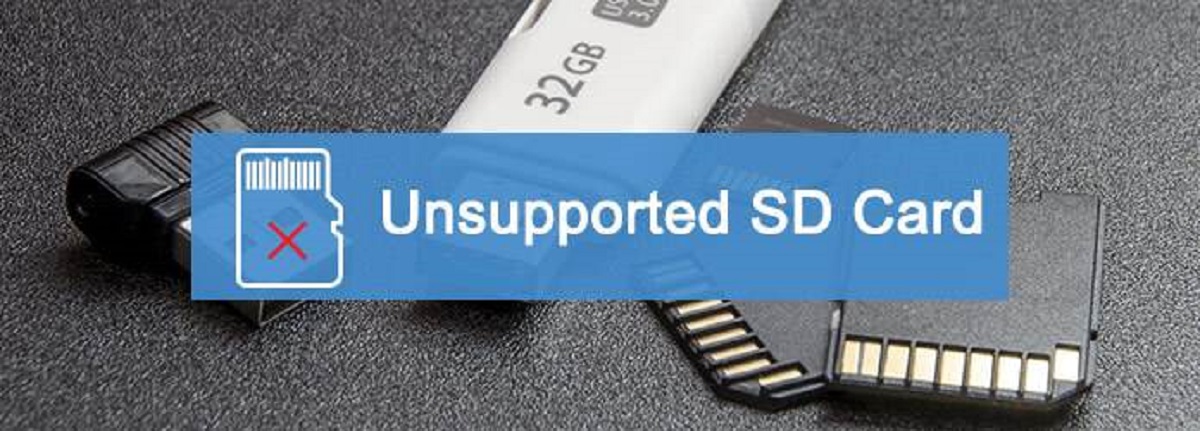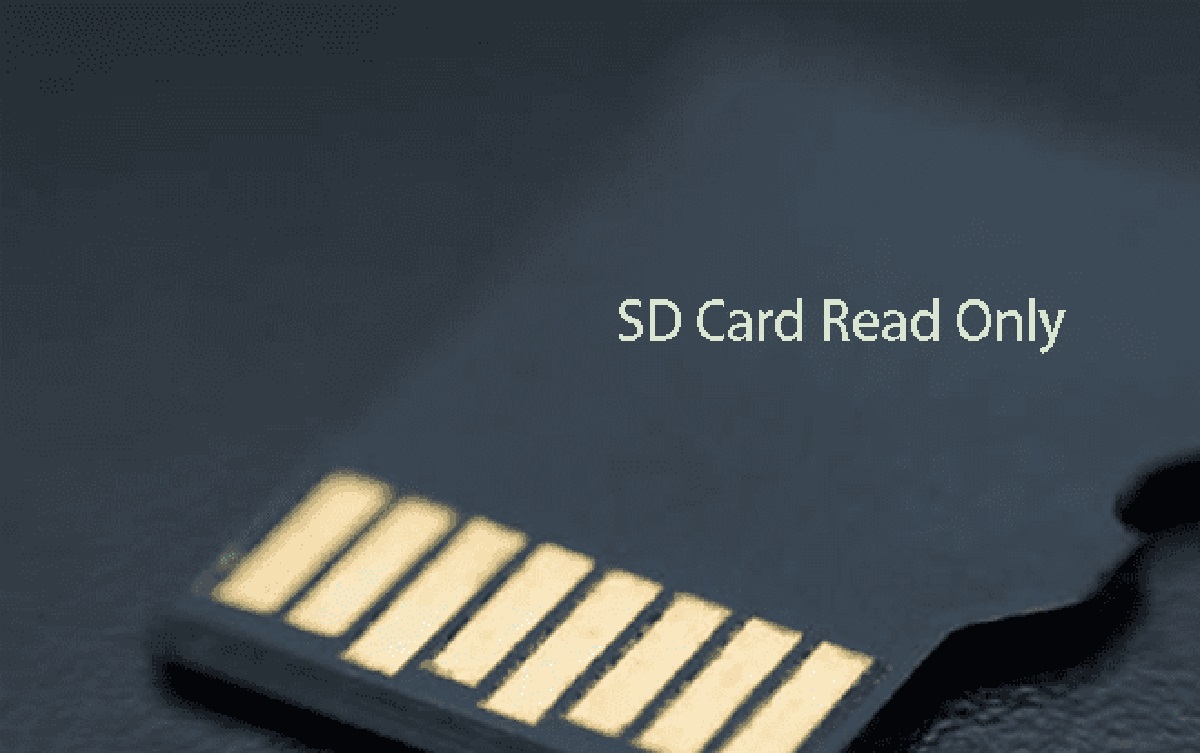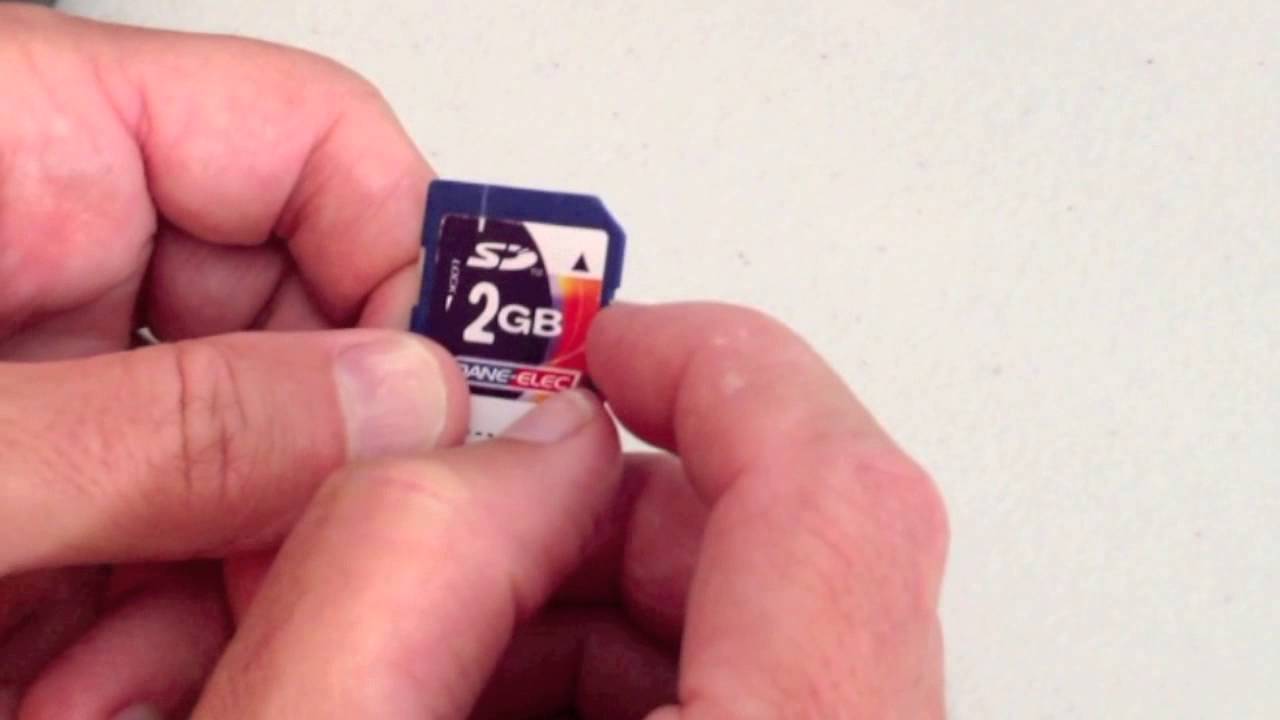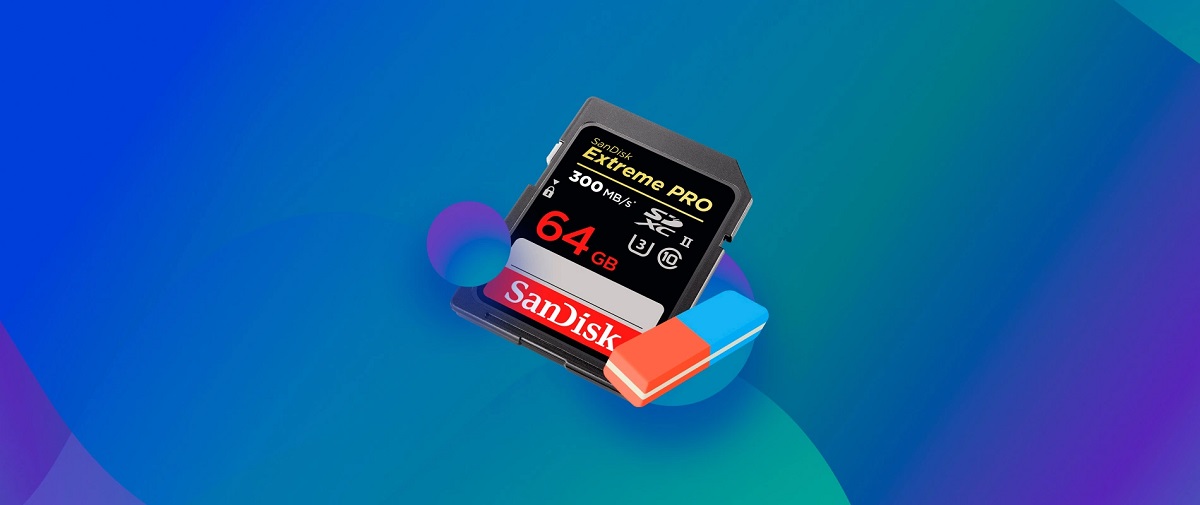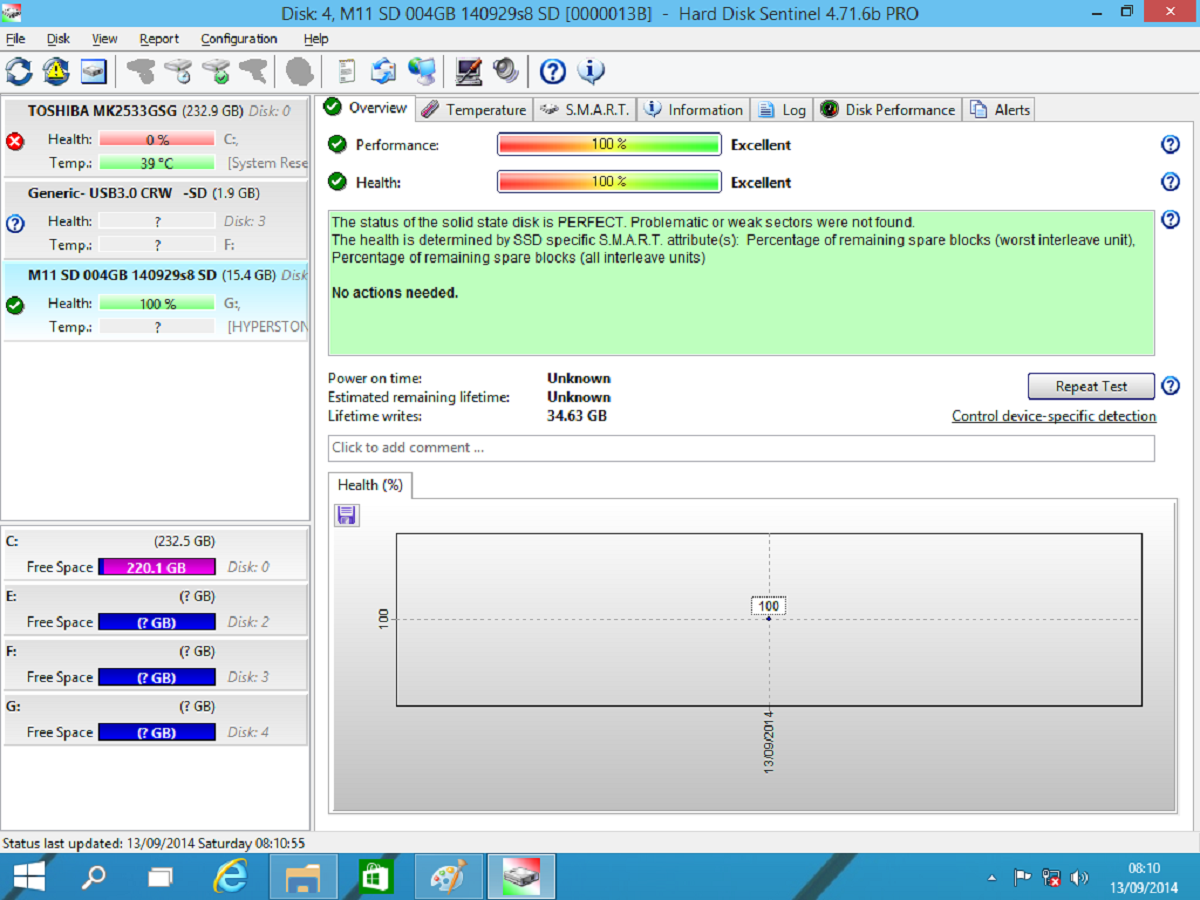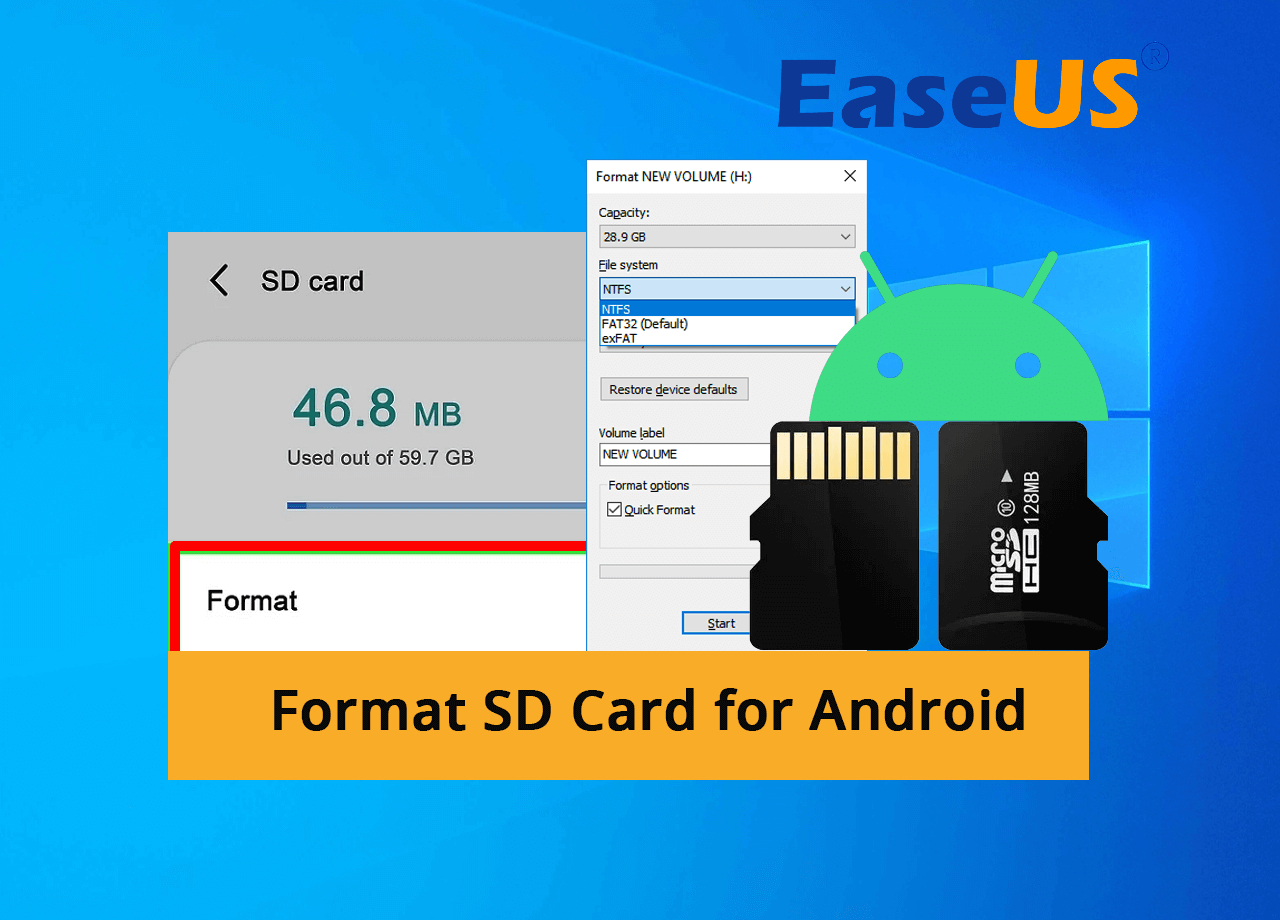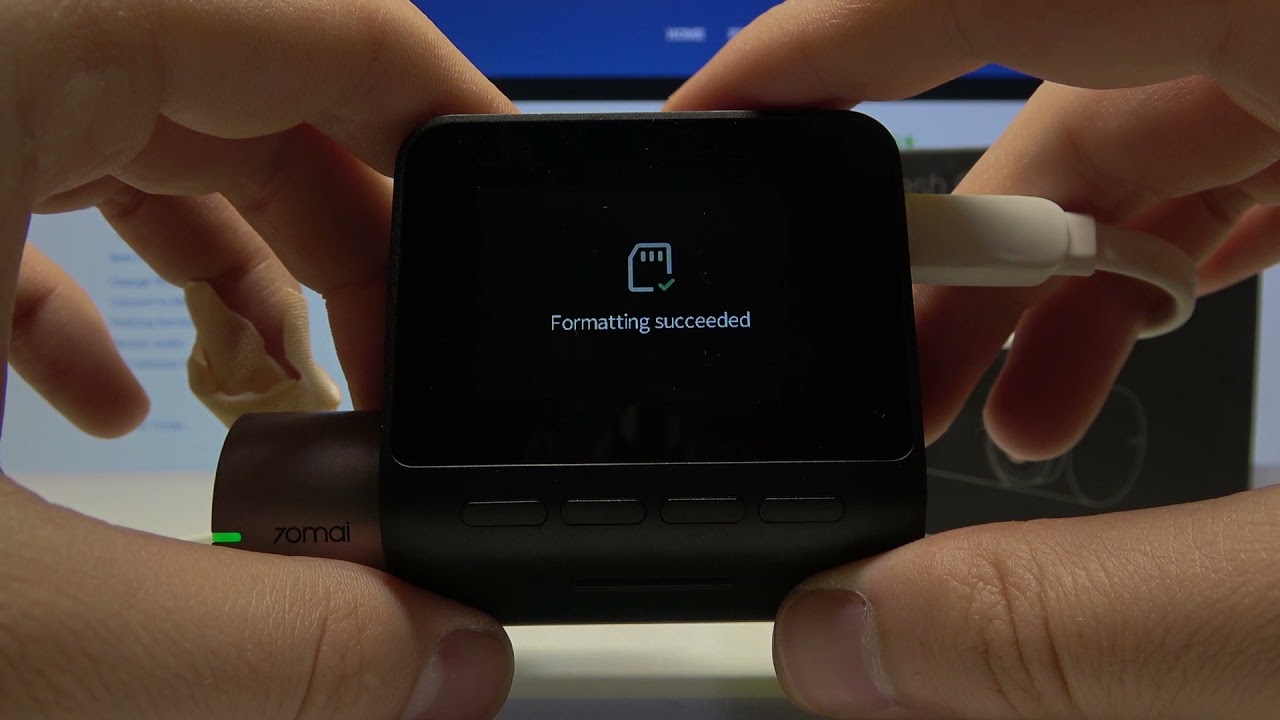Introduction
Welcome to this guide on how to fix an SD card without formatting. SD cards are commonly used in electronic devices such as cameras, smartphones, and gaming consoles to store and transfer data. However, it is not uncommon for SD cards to encounter issues like corruption, file system errors, or becoming inaccessible. When faced with these issues, many people are hesitant to format the SD card since it would result in data loss. Fortunately, there are several troubleshooting steps and tools you can try before resorting to formatting.
Whether you have important photos, videos, or other files on your SD card, it’s crucial to find a solution that allows you to recover and repair the data without losing anything. In this guide, we will walk you through various methods to fix an SD card without formatting, ranging from basic troubleshooting to using specialized software. We will also touch on more advanced solutions like professional data recovery options.
Before we get into the details, it’s important to emphasize the significance of backing up your data regularly. In the event that your SD card becomes completely corrupted and unrecoverable, having a backup ensures that you won’t lose precious memories or important files. Additionally, always handle your SD cards with care and avoid exposing them to extreme temperatures or physical damage.
Now, let’s dive into the different troubleshooting steps and techniques you can try to fix your SD card without resorting to formatting.
Understanding the Issue
Before attempting to fix an SD card without formatting, it’s important to understand the potential causes behind the issues you may be experiencing. SD card problems can arise from various factors, including:
- Corruption: SD cards can become corrupted due to improper ejection, power interruptions during data transfer, or malware infections. Corruption can result in errors and prevent you from accessing your files.
- File System Errors: Issues with the file system on the SD card can cause it to become unreadable or inaccessible. This often occurs when the file system becomes damaged, leading to errors when trying to access files.
- Physical Damage: SD cards are delicate devices that can be easily damaged if mishandled or exposed to extreme conditions. Physical damage can cause issues such as unrecognized cards or data corruption.
- Compatibility Issues: In some cases, compatibility issues between the SD card and the device it is being used with can prevent proper functioning. This can occur if the SD card is not compatible with the device or if there are software compatibility issues.
Understanding the specific issue you are facing with your SD card will help you choose the most appropriate solution. It is also important to note that not all issues can be resolved without formatting. In some cases, formatting may be unavoidable, but there are steps you can take to minimize data loss during the process.
By gaining a deeper understanding of the issue, you can approach the troubleshooting process with more confidence and increase the chances of successfully fixing your SD card without formatting. In the next section, we will explore some basic troubleshooting steps that can be effective in resolving common SD card issues.
Basic Troubleshooting Steps
When experiencing issues with your SD card, it’s recommended to start with some basic troubleshooting steps before moving on to more advanced solutions. These steps can often resolve common SD card problems and may help you avoid the need to format the card. Here are some basic troubleshooting steps to try:
- Restart your device: Sometimes, the issue may be temporary, and a simple restart can fix it. Power off your device, remove the SD card, wait for a few seconds, and then reinsert it before turning your device back on.
- Clean the contacts: The metal contacts on the SD card and in the card reader can accumulate dirt or dust over time, leading to connectivity problems. Use a clean, dry cloth to gently wipe the contacts on both the card and the reader. Avoid using any liquid or abrasive materials.
- Try a different device: If you have access to another device that supports SD cards, try inserting the card into that device. This will help determine whether the issue lies with the SD card or the original device.
- Use a different card reader: If you are using an external card reader, try using a different one to rule out any issues with the reader itself.
- Check for firmware updates: Some devices may require firmware updates to ensure compatibility with certain SD cards. Check the manufacturer’s website for any available updates and follow their instructions to update your device’s firmware.
- Scan for malware: Malware infections can sometimes affect the functionality of an SD card. Use reliable antivirus software to scan both your device and the SD card for any potential malware.
After performing these basic troubleshooting steps, check if the issue with your SD card has been resolved. If not, there may be more specific solutions to address the problem. In the following sections, we will explore additional methods to fix an SD card without formatting, depending on the nature of the issue.
Checking for Physical Damage
Physical damage is a common cause of SD card issues. In this section, we will discuss how to check for physical damage and what steps to take if any damage is found.
When examining an SD card for physical damage, start by visually inspecting the card. Look for any signs of cracks, scratches, or bent pins. If any damage is evident, it is likely the cause of the SD card issues you are experiencing.
If no visible damage is detected, you can proceed to check the card using a card reader and a computer. Follow these steps:
- Insert the SD card into a card reader: Use a card reader that is known to be in good working condition.
- Connect the card reader to a computer: Insert the card reader into an available USB port on your computer.
- Check for device recognition: Once the card reader is connected, check if your computer recognizes the SD card. If it is not detected, try using a different card reader or a different computer.
- Access the card on the computer: If the computer recognizes the SD card, try accessing the files on it. If you encounter any errors or inability to access the files, it could indicate physical damage.
If physical damage is found, unfortunately, it is difficult to repair an SD card with physical damage on your own. In such cases, it is advisable to seek professional help from a data recovery service. They have specialized tools and expertise to recover data from physically damaged storage media. However, keep in mind that professional data recovery services can be expensive. Consider the value of the data on the SD card before deciding whether to pursue this option.
If no physical damage is detected or you choose not to pursue professional data recovery, you can continue with the other methods discussed in this guide to try and fix your SD card without formatting.
Using Disk Management (Windows)
If you’re using a Windows computer, the Disk Management tool can be helpful in fixing certain issues with your SD card. Disk Management allows you to manage and configure storage devices connected to your computer, including SD cards. Follow these steps to utilize Disk Management:
- Connect the SD card to your computer: Insert the SD card into a card reader and connect it to an available USB port on your computer.
- Open Disk Management: Press the Windows key + R, type in “diskmgmt.msc”, and hit Enter. The Disk Management utility will open.
- Locate your SD card: Look for your SD card in the list of drives displayed in Disk Management. It will be labeled with a drive letter, such as “D:” or “E:”.
- Check the status of the SD card: Take note of the status of your SD card in Disk Management. It may be listed as “Online”, “Offline”, “Unallocated”, or have a specific file system assigned to it.
- Assign a drive letter: If the SD card is detected but does not have a drive letter assigned to it, right-click on the SD card and select “Change Drive Letter and Paths”. Then, click “Add” and assign a drive letter to the SD card.
- Format the SD card: If the SD card is listed as “Unallocated” or has an incompatible file system, you may need to format it. Right-click on the SD card, select “Format”, choose the desired file system (such as FAT32 or exFAT), and follow the formatting instructions on-screen.
- Repair the file system: In some cases, the file system of the SD card may be corrupted, causing issues with accessing files. Right-click on the SD card and select “Properties”. In the Properties window, go to the “Tools” tab and click on “Check”. Windows will attempt to repair any file system errors on the SD card.
After following these steps, check if the issues with your SD card have been resolved. If not, you can explore other methods or consider using third-party software specifically designed for SD card repair and recovery, which will be discussed in the next section.
Using Disk Utility (Mac)
If you are using a Mac computer, you can utilize the Disk Utility tool to fix certain issues with your SD card. Disk Utility is a built-in application that allows you to manage and troubleshoot storage devices connected to your Mac. Here’s how to use Disk Utility to fix your SD card:
- Connect the SD card to your Mac: Insert the SD card into a card reader and connect it to a USB port on your Mac.
- Open Disk Utility: Launch Disk Utility by navigating to Applications > Utilities > Disk Utility.
- Locate your SD card: In Disk Utility, you will see a list of drives on the left-hand side. Look for your SD card in the list and click on it.
- Check the status of the SD card: Take note of the status of your SD card in Disk Utility. It may be listed as “Mounted”, “Unmounted”, or have a specific file system assigned to it.
- Mount the SD card: If the SD card is listed as “Unmounted”, click on the “Mount” button in the toolbar at the top of the Disk Utility window. This will attempt to mount the SD card and make it accessible.
- Verify and repair the SD card: Select the SD card from the list and click on the “First Aid” button in the toolbar at the top of the Disk Utility window. This will initiate a process to verify and repair any errors on the SD card’s file system.
- Erase and reformat the SD card: If the above steps do not resolve the issues with your SD card, you may need to erase and reformat it. Select the SD card from the list and click on the “Erase” button in the toolbar. Follow the on-screen prompts to choose a suitable format (such as exFAT or FAT32) and perform the erasure and reformatting process.
After performing these steps, check if the issues with your SD card have been resolved. If not, you can explore other methods or consider using third-party software specifically designed for SD card repair and recovery, which will be discussed in the next section.
Command Prompt or Terminal Fixes
If you are comfortable using command-line interfaces, you can try using the Command Prompt (Windows) or Terminal (Mac) to fix issues with your SD card. These commands can help repair the file system, recover lost files, or perform other troubleshooting tasks on the SD card. Here are some commands you can try:
- CHKDSK (Windows) or FSCK (Mac): These commands check and repair file system errors on the SD card. Open the Command Prompt or Terminal and enter the respective command followed by the drive letter or path of the SD card. For example, in Windows, enter “chkdsk D:” (replace D with the appropriate drive letter).
- RECOVER (Windows) or TESTDISK (Mac): These commands are more advanced and can help recover lost or inaccessible files from the SD card. They are particularly useful if the SD card is not recognized or formatted incorrectly. Refer to the documentation or guides available for each command to understand the usage and steps involved.
- DISKPART (Windows): This command-line tool in Windows allows you to perform various disk and partition management tasks. You can use it to clean the disk, create a new partition, or even assign a drive letter to the SD card. Ensure that you have a good understanding of this tool and the actions you are performing before using it.
When using these commands, it’s important to exercise caution and ensure that you are selecting the correct drive or volume to avoid possible data loss. If you are unsure or uncomfortable with command-line tools, it is advisable to seek professional assistance or use dedicated SD card repair software.
Remember to perform a backup of your SD card data before attempting any command prompt or terminal fixes, as these commands have the potential to cause data loss if used incorrectly.
If the command prompt or terminal fixes do not resolve the issues with your SD card, continue to the next section to explore the option of using third-party software for SD card repair and recovery.
Using Third-Party Software
If the previous methods haven’t resolved the issues with your SD card, you can consider using third-party software specifically designed for SD card repair and recovery. These software options offer more advanced features and can help you recover lost data, repair file system errors, or even retrieve files from a formatted SD card. Here are a few popular third-party software options:
- Recuva: Recuva is a well-known data recovery tool that can help you retrieve deleted files from your SD card. It has both a free and a paid version, with the paid version providing additional features and support.
- PhotoRec: PhotoRec is a powerful open-source software that specializes in recovering various types of media files, including photos and videos, from different storage devices, including SD cards.
- Disk Drill: Disk Drill is a comprehensive data recovery tool that supports SD card recovery, file system repair, and disk monitoring. It offers a user-friendly interface and both free and paid versions.
When using third-party software, carefully follow the instructions provided by the software developers, as the steps and features may vary depending on the tool you choose. Make sure to download the software from reputable sources and avoid downloading from unknown or untrusted websites to reduce the risk of malware.
Before utilizing third-party software, remember to have a current backup of your data, as the software’s actions may have unintended consequences or result in data loss. Additionally, be aware that some third-party software options may come with limitations or restrictions in their free versions, so assess your needs and consider upgrading to a paid version if necessary.
If you have exhausted all possible solutions, including third-party software, and are still unable to fix your SD card without formatting or recover your data, it may be time to consider professional data recovery services as a last resort. These services specialize in recovering data from damaged or inaccessible storage devices and can provide a higher chance of successful recovery. However, professional data recovery services can be costly, so carefully evaluate the value of your data before pursuing this option.
Professional Data Recovery
When all other methods have failed and your SD card is still inaccessible or unable to be fixed without formatting, professional data recovery services may be your best option. These services specialize in retrieving data from damaged, corrupted, or malfunctioning storage devices, including SD cards. Here’s what you need to know about professional data recovery:
When to Consider Professional Data Recovery:
If your SD card contains critical or irreplaceable data such as important documents, cherished photos, or vital business files, it is worth considering professional data recovery. Additionally, if you have tried other methods and failed, or if your SD card has physical damage, seek professional help to maximize the chances of successful data retrieval.
How Professional Data Recovery Works:
Professional data recovery service providers have specialized equipment, tools, and expertise to extract data from damaged or malfunctioning storage devices. They employ advanced techniques, including physical repairs, forensic imaging, and data reconstruction, to recover as much data as possible from your SD card.
Choosing a Professional Data Recovery Service:
Take the time to research and choose a reputable and experienced data recovery service provider. Look for companies with positive reviews, certifications, and a proven track record of successful data recoveries. Confirm that they have expertise in SD card recovery to ensure they can handle your specific situation.
Cost Considerations:
Professional data recovery services can be expensive, with costs ranging from a few hundred to several thousand dollars, depending on the complexity of the recovery and the extent of the damage. Some data recovery companies offer free evaluations to assess the recoverability of your SD card and provide a quote before proceeding.
Ensure Preparedness:
Before sending your SD card to a professional data recovery service, make sure to have all the necessary information, such as the specific issues you are experiencing, any error messages, and the value of the data stored on the SD card. Additionally, take note of any requirements or instructions provided by the data recovery service to ensure a smooth and efficient recovery process.
Remember that professional data recovery should be your last resort, as it typically involves sending your SD card to a recovery lab and can be time-consuming. Always consider the potential risks versus the value of the data before opting for this solution.
In the end, professional data recovery services offer the best chance of recovering your valuable data from a severely damaged or inaccessible SD card. However, prevention is always the best approach, so make sure to regularly back up your important files to avoid future data loss.
Conclusion
Dealing with SD card issues can be frustrating, especially when it comes to the risk of losing important data. However, it’s important to remember that there are several methods to fix an SD card without formatting. By following the troubleshooting steps, utilizing built-in tools like Disk Management or Disk Utility, using command prompt or terminal fixes, exploring third-party software options, and considering professional data recovery when all else fails, you can increase the chances of resolving the issues and recovering your valuable data.
Remember to always handle your SD card with care, avoid exposing it to physical damage or extreme conditions, and make regular backups of your data to prevent future data loss. These precautions can save you from potential troubles in the future.
While these methods can be effective in resolving common SD card issues, every situation is unique. It is important to thoroughly research and understand the steps involved before proceeding. If you are unsure or uncomfortable with any of the methods, consider seeking professional assistance to ensure the best outcome for your SD card and data.
We hope that this guide has provided you with valuable information and guidance on how to fix an SD card without formatting. With patience and the right approach, you can overcome SD card issues while preserving your important data. Best of luck!







